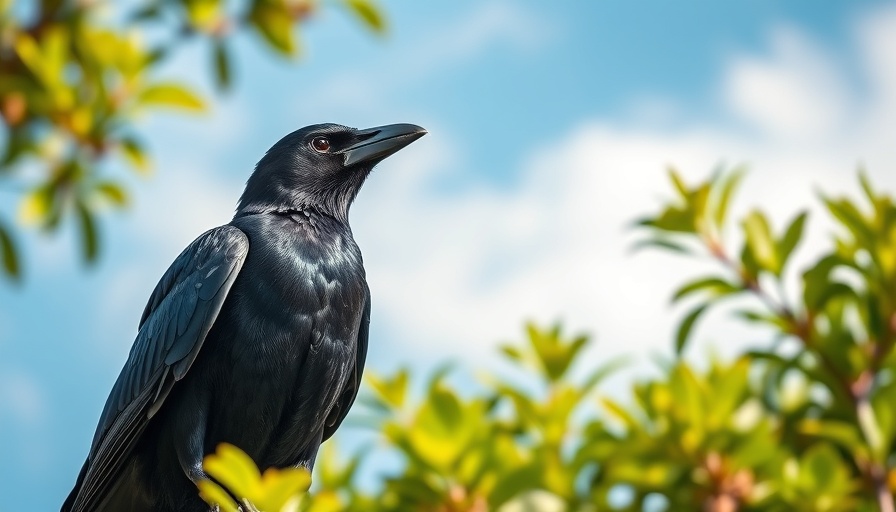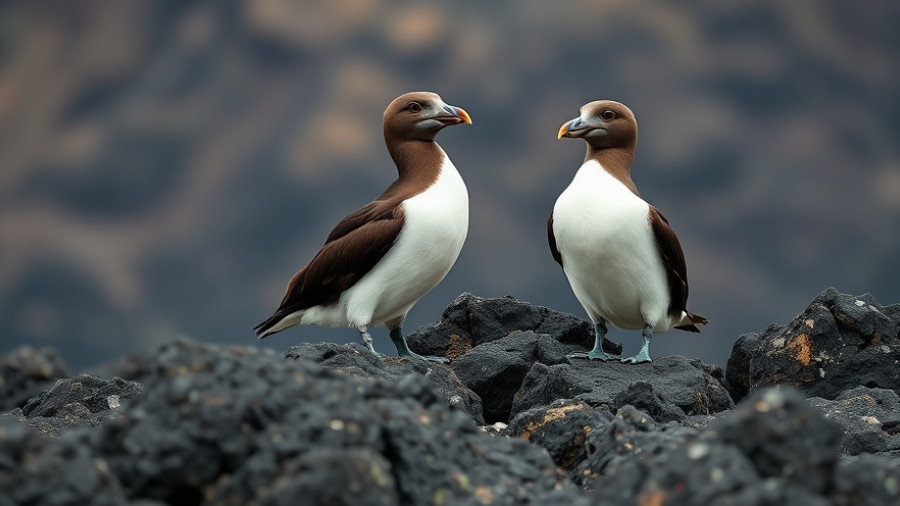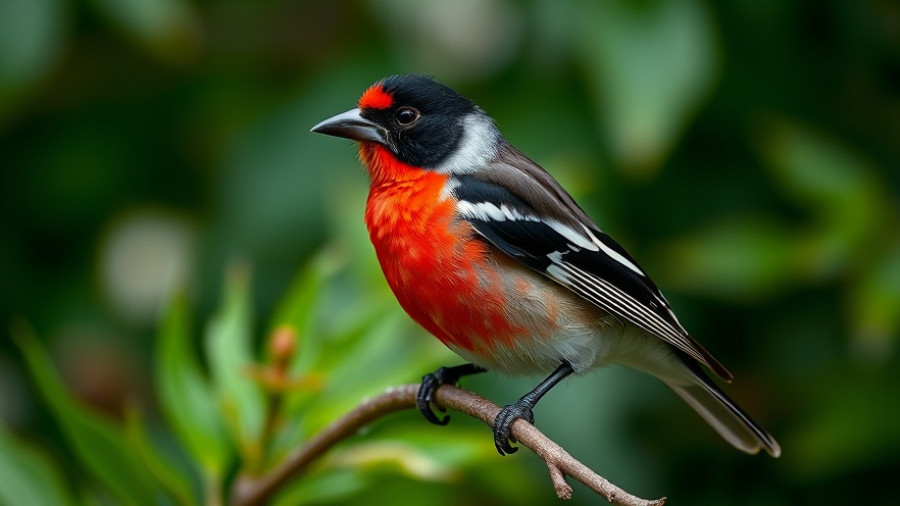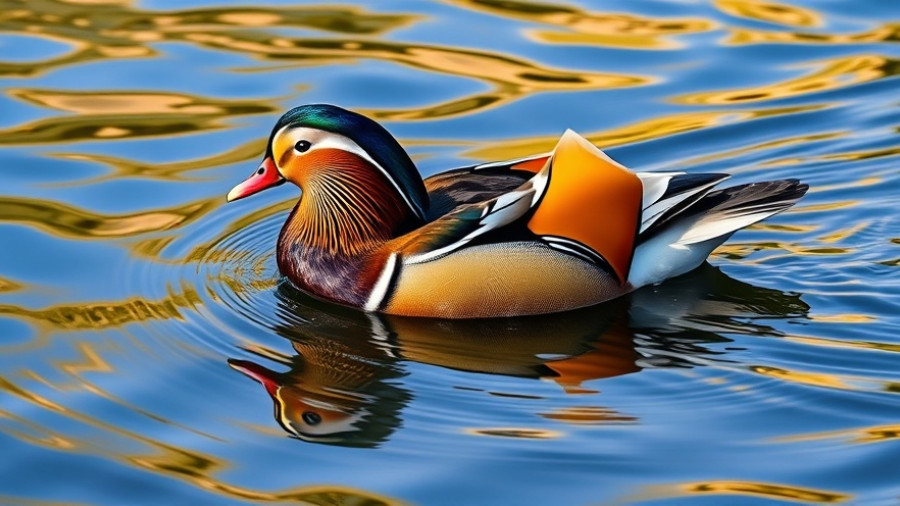
Crows Through the Lens of History: Lessons in Understanding
The American crow, often viewed through a lens of fear and negative symbolism, holds a deep cultural significance that many overlook. In her exploration of her surname and its implications in American history, Alice T. Crowe reveals vital lessons from these intelligent birds. Despite the social stigma surrounding crows, their inherent beauty and intelligence offer profound insights, particularly in the context of racial histories.
From Jim Crow to the Sacred Crow
The historical connection between the derogatory term 'Jim Crow' and the crow itself is striking. Alice points out that, while the crow is often seen as a symbol of fear, in many African cultures, it represents wisdom and is honored. This contrast illustrates how language and cultural perceptions can evolve yet remain tethered to painful histories. In Africa, crows were revered and associated with leadership, representing a dignified aspect of the bird that’s overshadowed by contemporary narratives.
A Reflection on Community and Brotherhood
In examining how crows interact, Alice highlights their behaviors as vital teaching moments for humans. Crows, by nature, exhibit profound familial bonds — they mourn each other, defend one another, and share resources. This capacity for love and care amidst adversity captures a universal truth that we can learn from: the importance of standing together as a community, recognizing the beauty in one another, irrespective of differences.
Transforming Stigma to Empowerment
Alice advocates for a reframing of the crow’s image, suggesting that we can embrace their virtues as a metaphor for resilience against social stigma. Much like crows, who support each other despite societal challenges, the call for unity and self-acceptance resonates strongly in contemporary social movements. Embracing the deeper meanings of beings like the crow can empower individuals to challenge prejudice and celebrate their heritage.
As we explore these themes through the lens of Alice T. Crowe's work, we are reminded that understanding our histories, acknowledging both the beautiful and the painful, can ultimately lead to healing and growth. In honoring the crow, we may also begin to honor the lessons they impart: love, resilience, and connection.
 Add Row
Add Row  Add
Add 




Write A Comment